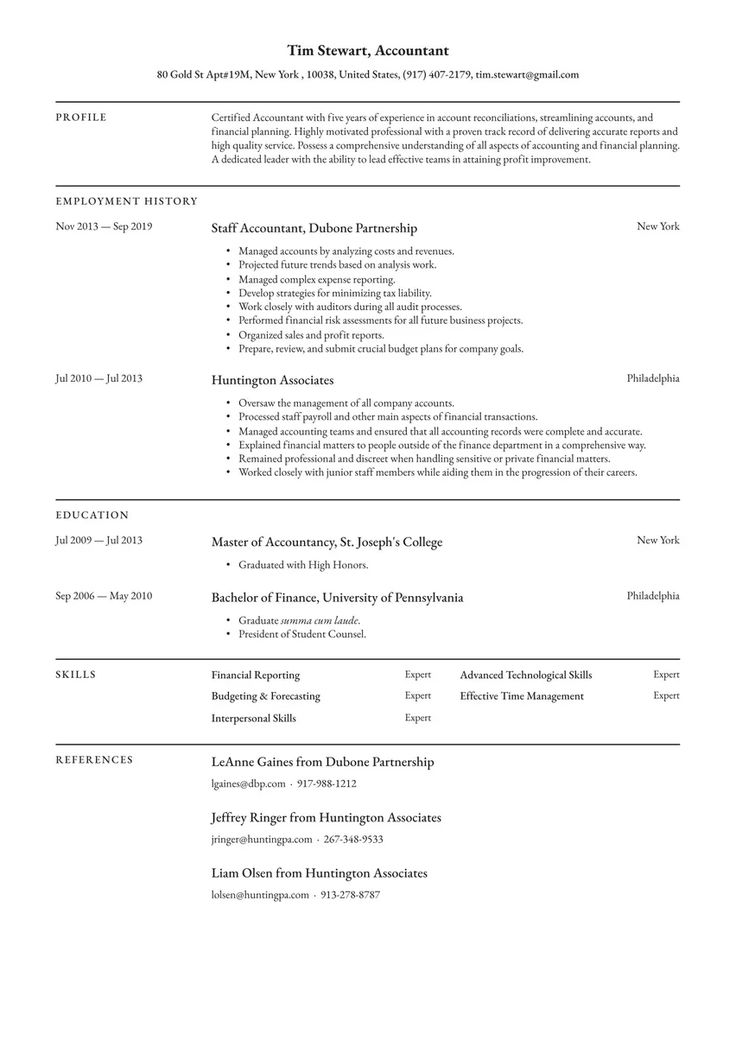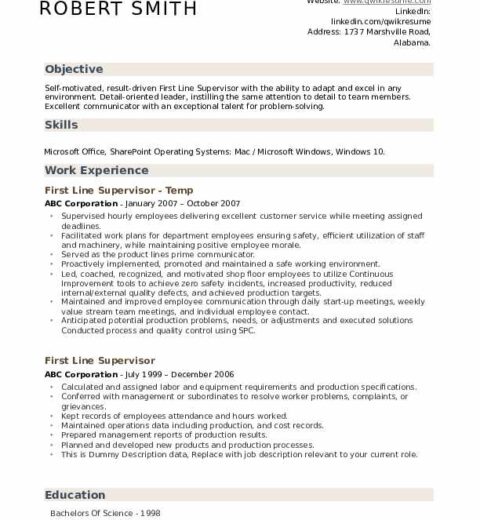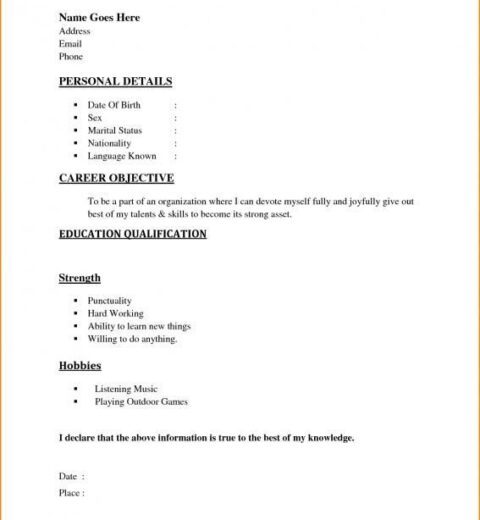In an increasingly competitive job market, your resume is often the first impression a potential employer will get of you. This document is not merely a list of your qualifications; it is a compelling narrative that holds the power to influence the future of your career. It’s about transforming a blank page into a job-winning instrument that captures your unique potential. Understanding this transition is pivotal. Here’s an extensive guide to forging an impactful resume.
The journey toward crafting your resume begins not with drafting your qualifications, but rather with introspection. Before you put pen to paper—or fingers to keyboard—you must identify your career aspirations and the skills that will help you traverse toward those objectives. Reflect on your abilities, interests, and values. This introspective exercise will serve as a robust foundation, enabling you to present yourself authentically.
Next, consider the purpose of your resume. It is a marketing tool designed to highlight your strengths while subtly downplaying weaknesses. To effectively promote oneself, it is imperative to understand the expectations of potential employers within your desired field. Engage in thorough research regarding industry standards, common practices, and the key skills sought after in potential candidates. This knowledge will empower you to tailor your resume to resonate with the hiring parties.
Once you have completed your preparatory steps, it’s time to construct the structure of your resume. A traditional resume typically consists of several crucial components: contact information, a captivating objective or summary statement, skills, education, and relevant experience. However, in an age of digital proliferation, it’s advisable to adapt these sections to fit modern expectations. Consider the power of keywords; incorporating them naturally will not only appeal to human readers but also to applicant tracking systems that many companies utilize.
Your contact information should be clear and prominent. Include your full name, phone number, email address, and LinkedIn profile (if applicable). Ensure your email address is professional. Avoid whimsical or casual handles; your email should instill a sense of professionalism.
After presenting your contact details, the next focal point is the objective or summary statement. This brief introduction offers a glimpse into your professional persona. Instead of stating what you wish to gain from your career, shift the perspective to what you bring to the table. Articulate your career goals while emphasizing your unique skills and attributes that align with the potential employer’s needs. This unorthodox approach can help you stand out in a sea of mere job-seekers.
The subsequent section of your resume is dedicated to your skills. Here, brevity is key, but specificity is paramount. List hard skills—such as proficiency in programming languages or software applications—alongside soft skills, such as effective communication or leadership. To elevate this section, consider providing context through concise bullet points. For example: “Proficient in Adobe Creative Suite, leveraged to design marketing collateral resulting in a 30% increase in lead generation.” Such assertions substantiate your claims and illustrate your impact.
Education is another indispensable section, especially for recent graduates or those pivoting careers. List your degrees, institutions attended, and graduation dates. If your educational background is stellar, feel free to embellish it further by including relevant coursework, honors, or extracurricular activities that showcase your involvement and dedication. If applicable, internships can be placed in this section to demonstrate your practical experiences.
When it comes to professional experience, it is essential to narrate your journey in a way that captivates readers. Utilize a reverse chronological format that leads with your most recent position. Under each role, adopt bullet points to convey your responsibilities and achievements effectively. Use strong action verbs such as “developed,” “implemented,” and “spearheaded.” Focus on quantifiable outcomes; for instance, “Increased sales by 25% within six months by enhancing customer engagement strategies.” These illustrative anecdotes create a vivid picture of your contributions.
As you compile your professional narrative, don’t shy away from showcasing unique experiences that reflect your personality and commitment to lifelong learning. Participation in volunteer work, professional associations, or relevant certifications can set you apart from other candidates. Again, weave in the narrative of how these experiences developed your skills and contributed to your growth.
Now that your resume is taking shape, pay attention to the aesthetics of your document. Choose a clean, professional layout. A cluttered resume can detract from your message, overshadowing the unique narratives you’ve crafted. White space is your friend; it creates breathability and improves readability. Utilize fonts like Arial or Calibri, maintaining a size of 10 to 12 points. Consistency in formatting is vital; ensure that the alignment, bullet points, and spacing are uniform throughout.
After drafting your resume, embark on the essential process of revision. Seek feedback from mentors, colleagues, or career services professionals. A fresh pair of eyes can provide insights you may overlook, enhancing the clarity and impact of your message. Additionally, proofreading for grammatical or typographical errors is crucial; a polished document reinforces professionalism and attention to detail.
Lastly, remember that your resume is a living document. As you gain new experiences and skills, updating your resume should be an ongoing practice. This adaptability reflects your commitment to growth and reinforces your value in the job market. With these insights and steps, you are well on your way from a blank page to a compelling and job-winning resume. Embrace the journey of self-discovery and representation; your dream job awaits.




